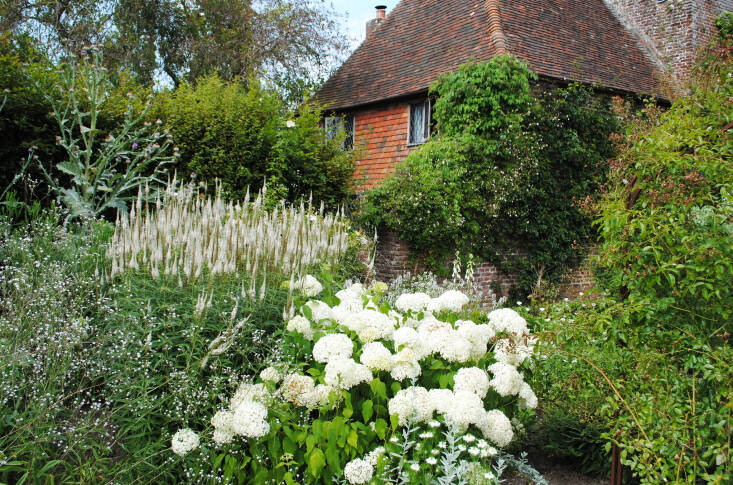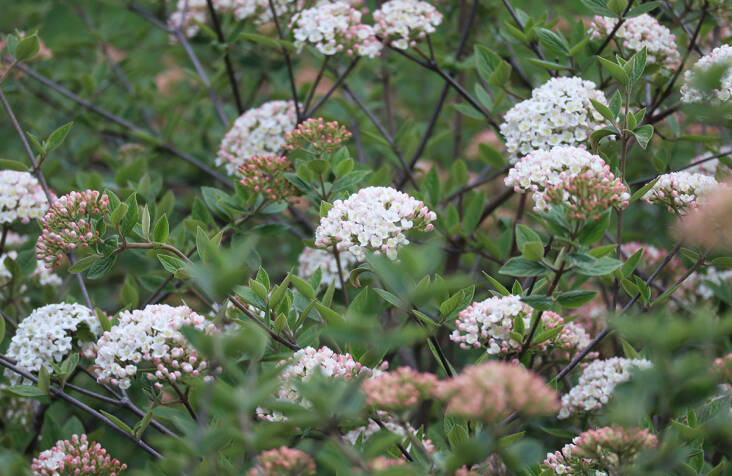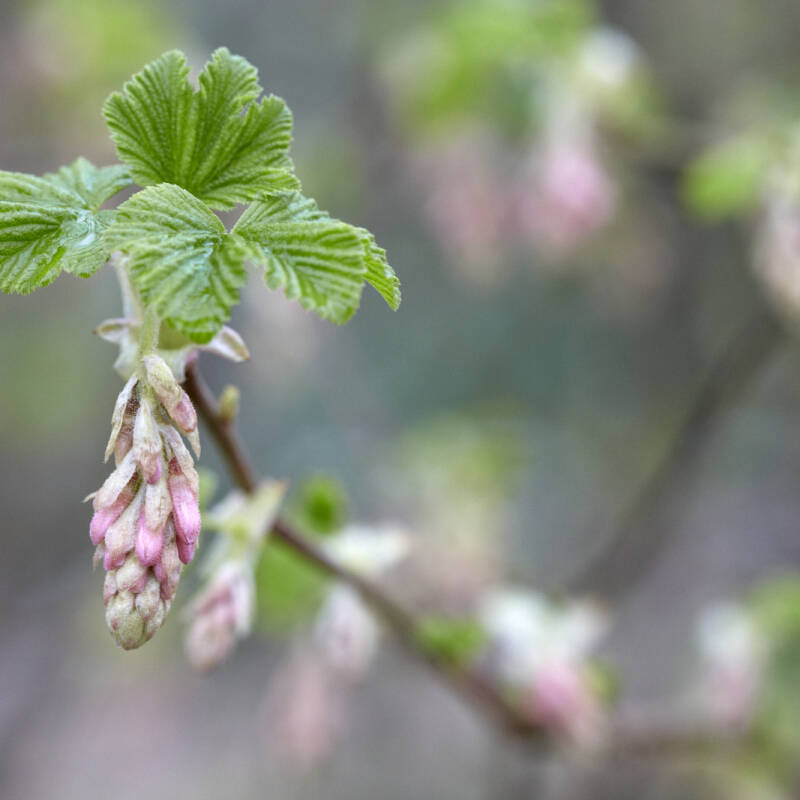As the weather warms and gardeners look forward to getting their hands dirty, now’s a good time to review what can and should be done in the garden in spring. Nature has its own schedule and sometimes ours and Nature’s simply don’t align. We may want to clean up the yard for a fresh start when what we really should be doing is leaving things as they are. Case in point: This impulse to get to work may include a driving desire to prune—but pruning certain plants may end up removing the blooms you’ve waited all winter for.
There is a very basic rule to follow for flowering shrubs and small trees: Prune in the early spring for anything that blooms in the summer. For those that flower in the spring, pruning is best done after they finish flowering; otherwise, you’ll remove this year’s blooms. As always, there are exceptions, especially with new cultivars, so knowing what you have is very important.
Some other pruning guidelines to keep in mind:
- Remove no more than one-third of a shrub or tree. Removing more risks sending the plant into shock or promoting vigorous growth at the site of the cut, which can defeat the purpose of pruning.
- Light pruning to remove crossed branches and dead, damaged, and diseased wood can happen at any time of year.
- Make sure your tools are sharp and clean to prevent damage and to not spread disease.
- Newly planted plants should not be pruned until they are established in their third or fourth year.
5 Shrubs to Prune in Early Spring





5 Shrubs to Avoid Pruning in Spring





See also:
- Prune This, Not That: A Guide to the Plants that Can Get Winter Cuts
- DIY: How to Clean and Care for Garden Pruners
- Your First Garden: What You Need to Know Before You Prune Shrubs and Trees










Have a Question or Comment About This Post?
Join the conversation (0)